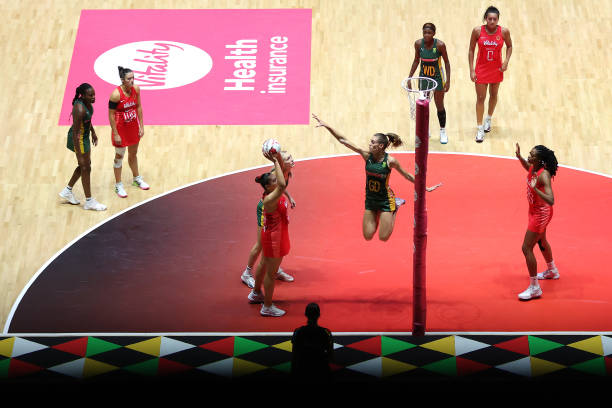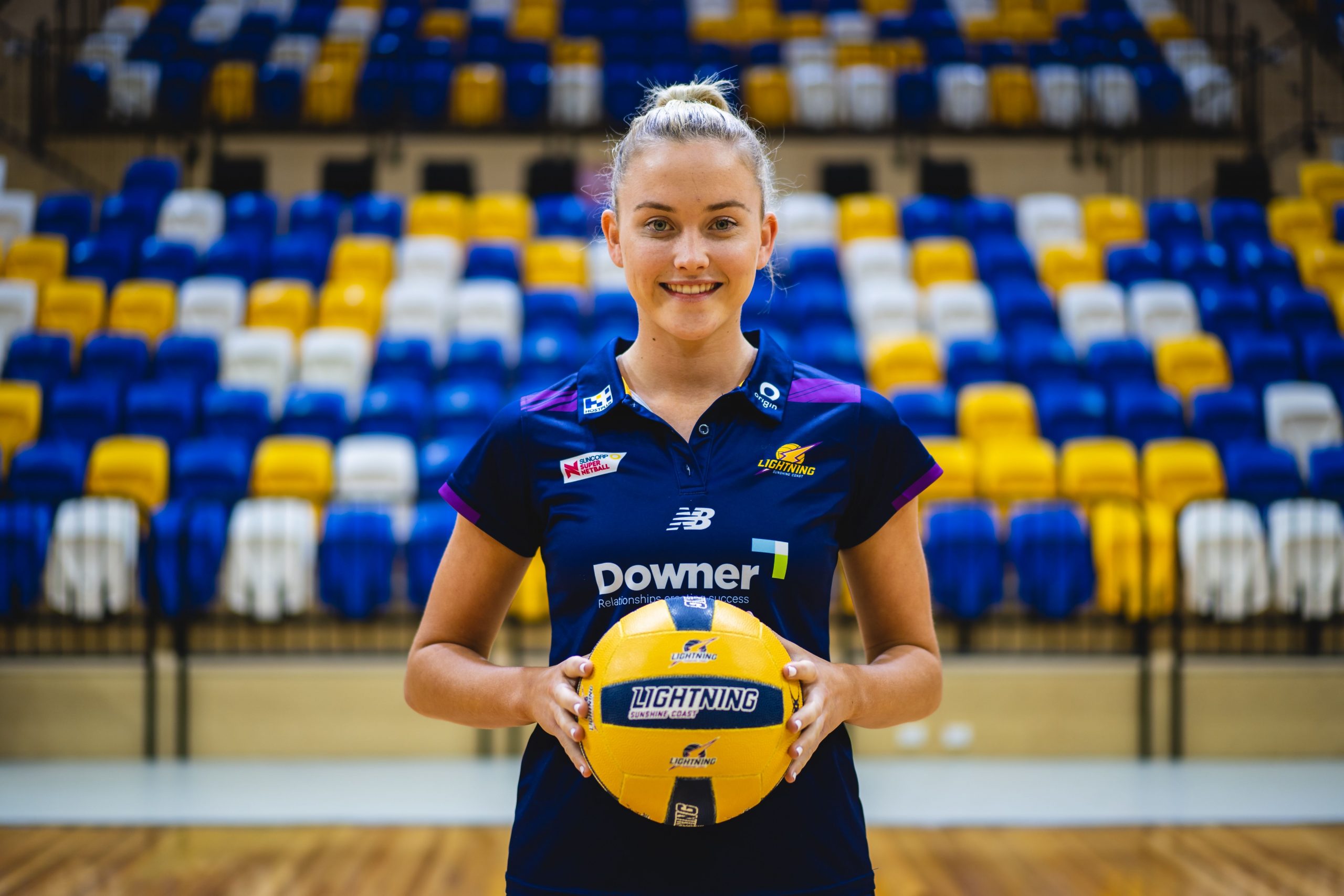Netball Legends Series: 5 things we learnt – England Roses

WITH the Netball Legends Series done and dusted there are plenty of positives to take out of the tournament for both sides. The second instalment looks at the England Roses who walked away with a clean sweep of the series. It was a great opportunity for a number of fresh faces to get out on court while also solidifying old connections.
READ PART 1 HERE
No shortage of young up and coming talent
It was a breakout series for Razia Quashie with the goal keeper racking up plenty of court time and most importantly starring while out there. In a look to the future the young goal keeper showcased her array of talents to win her fair share of ball and used her nifty footwork to regain possession with great ease for the Roses. She got the nod in the starting position and did not disappoint notching up two best on court performances thanks to her shut down ability and smothering style of play. Meanwhile up the other end, youngster Sophie Drakeford-Lewis relished the opportunity to get out on court for the Roses. The 21 year-old is a promising goal attack that oozes impressive timing, slick hands and silky footwork which this series further enabled her to tap into. Her accuracy to post is ever-growing, as is her confidence, making Drakeford-Lewis an exciting player to keep an eye on in the years to come.
Shooting circle depth
With stalwarts such as Jo Harten and Rachel Dunn missing from the squad, the Legends Series showcased the number of options the Roses have inside the circle. Without the aforementioned duo the likes of Drakeford-Lewis, Helen Housby, George Fisher and Eleanor Cardwell stepped up to the plate and did so with a real sense of confidence and surety. Constantly changing combinations under the post, the goalers were able to adapt on the fly and not lose their accuracy to post either which allowed them to boast hefty tallies each time they were out on court. Often caught behind the big name shooters, Cardwell was able to take centre stage and prove she has the makings to take it to the next level with her strong and clear holds making her easy to identify under the post and deliver long bombs with great ease into the circle, allowing the scoreboard to continue to tick over.
Midcourt rotation
The Roses have a number of viable options through the midcourt that are able to have a significant impact in their respective areas of the court and inflict pain with their cautious ball delivery and precise movement. Two key contributors to that well-oiled midcourt are both Serena Guthrie and Jade Clarke with the latter boasting the highest number of Roses caps. The two often rotate through that centre or wing defence position and this series was no different – except for the fact that there were a number of other candidates who proved they were more than capable of standing on their own two feet and holding down the fort. Playing in centre, Guthrie is a lynchpin in both defence and attack given her high level of endurance, impressive skillset and overall brilliance across the court to do the unthinkable but Laura Malcolm displayed her own skillset as did Beth Cobden. Still on the mend after an anterior cruciate ligament (ACL) injury Cobden had an impact for the Roses throughout the tournament, using her change of direction and unsuspectingly long arms to cause havoc, highlighting a way forward for the Roses in the future.
Natalie Haythornthwaite claims player of the series
Co-captain Natalie Haythornthwaite led the way for the Roses and was another focal point to come from the series as the wing attack claimed player of the series honours, credit to her continued influence across the three games. Her connection with Cardwell became apparent with the two finding each other with great ease around circle edge. Haythornthwaite is a clever mover, and while she is not always the quickest player out on court she more than makes up for it with her netball nous and footwork. Her composure and experience was imperative to an ever changing Roses frontline that saw a number of players rotate through the circle while her ability to partner up with Guthrie, Clarke or Malcolm through the centre also paid dividends.
Defensive flexibility
Still formulating new connections down back with spearhead Geva Mentor not taking part in the series, the Roses displayed their skillset to seamlessly rotate players through the back-half of the court. From a goal defence perspective the choice of Layla Guscoth and Fran Williams provided a shakeup to the overall defensive unit with the two attacking the game from different perspectives. Guscoth is more of a tagging style defender, that wears her opponent down and then subsequently pounces on errant passes while Williams tend to hunt for the ball and employ some more physical tactic. They paired up with Quashie well with the defenders able to read the play with great ease and most importantly shut down any easy option into the goal circle.
Match reports:









